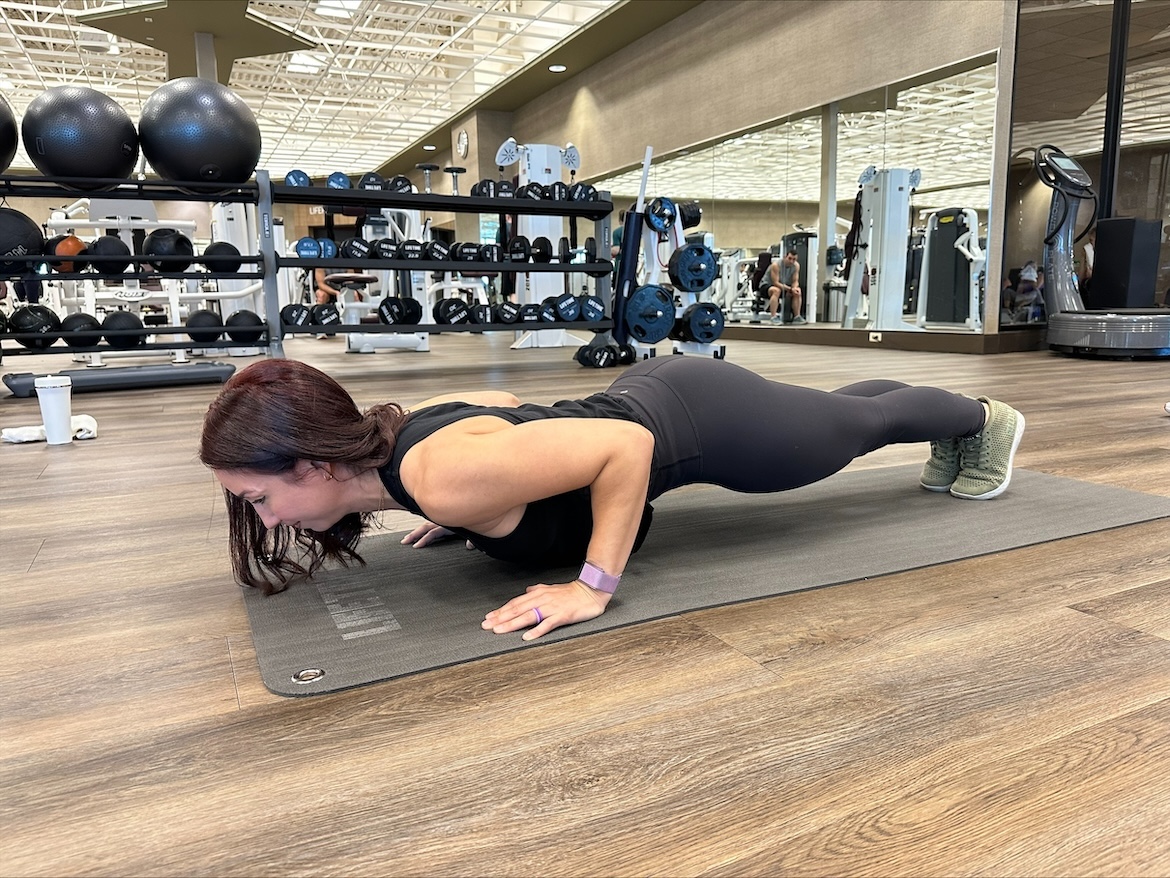Glancing through resort advertisements, you can’t help but notice the overwhelming presence of ocean and coastline beckoning you to leave all your stressors behind. It’s no accident that blue spaces—which include all waterscapes and their environments—are front and center in vacation ads, or that condos with a water view are priced at a premium. Humans feel an ancient and irresistible pull toward the water, and the fields of evolutionary and psychological study have been turning up evidence of how deep and influential this drive can be.
Essentially, blue spaces have the power to improve our mental and physical health and foster meaningful mind-body connections—similar to the way that exercise can. “A blue space setting can increase one’s physical activity levels, boost mood and well-being, and lower stress and anxiety,” says Reena B. Patel, LEP, BCBA, positive psychologist, and licensed educational board certified behavior analyst.
Taking your workouts to the beach, lake, river, or any other space near a natural body of water may provide compounding benefits beyond those you’d get from indoor gym sessions. “While exercise has many physical health advantages, it also plays a beneficial role for our mental well-being, and pairing fitness and movement with blue areas can increase both,” says Patel.
Benefits of blue spaces for mind and body
Researchers have reached the consensus that human relationships to water influence identity; sense of belonging and place; and physical, emotional, and spiritual wellness. Throughout history, waterscapes have been a destination for relaxation, fun, sport, and leisure, while also being considered healing and invigorating. While this has been obvious in so many cultures for thousands of years, science also backs it up.
“Being in natural spaces has been shown to improve well-being by lowering stress levels and reducing symptoms of anxiety and depression,” says Amy Mezulis, PhD, co-founder and chief clinical officer of online therapy platform Joon. “Time spent in blue spaces may help people buffer against the effects of stress by reducing sympathetic nervous system activation, lowering cortisol levels, and expanding the internal ability to access good coping resources.”
So, what does that all mean? A calmer, less stressed version of yourself.
“Sensory input is a key component to cultivating mindfulness, and mindfulness has both direct and indirect mental health effects,” adds Dr. Mezulis. Blue spaces offer plentiful sensory input, such as the color contrasts of water against the landscape and the sounds and smells associated with that water and its movement. “This sensory mindfulness, in turn, supports us in slowing down, grounding in the present reality, and finding a sense of inner peace,” Dr. Mezulis explains.
Combining fitness with blue spaces
It seems that simply existing near water can lead to more movement in your life. In fact, access to blue spaces is associated with significantly higher physical activity levels, according to findings published in The International Journal of Environmental Research and Public Health. The more blue spaces near your home, the more likely you are to be active, which makes sense: In addition to providing opportunities to swim or row a boat, many lakes and rivers are flanked by running and biking paths, while sandy beaches naturally invite active recreation, from surfing to volleyball to long walks (romantic or otherwise).
Interestingly, several studies have found that physical activity is the key ingredient that connects being in natural spaces to better well-being. “People who use blue and green spaces for physical activity have better mental health outcomes than those who do not,” says Dr. Mezulis. Of course, we know that physical activity has major mental health benefits, like lower stress, improved perspective, and a better ability to problem-solve. “Physical activity in a blue space maximizes those benefits,” she adds.
According to Dr. Mezulis, being active in spaces that encourage mental and physical balance likely helps you benefit further from connecting your mind and body. “Any time we want to engage in behaviors that promote our mental health and well-being, two important components are time and intention,” explains Dr. Mezulis. “We can gain the most benefits from blue spaces when we make it a priority to spend time in those spaces with the intention of making that time beneficial for our mental health.”
How to get started
If you want to reap these benefits, intentionally schedule regular time to be in blue spaces and plan physical activity around those opportunities. Maybe it’s taking a walk to a local pond or river, or going swimming in a lake. Even simple strolls alongside streams or brief toe dips into the ocean can have mental health benefits if you bring a reflective mindset with you.
Or, if you’re feeling adventurous, incorporate the water itself into your workout and make exercise more exciting by trying paddleboarding, surfing, or kayaking to add variety.
Above all, be mindful: “Stay present by taking time to appreciate its beauty,” suggests Patel.
Flash News
Empowering you to live a fit and healthy life





